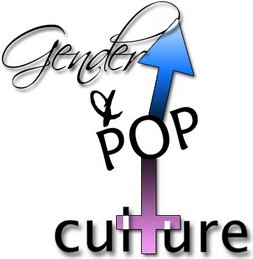Disney movies have a wide range of audiences, from young children to adults. Because there are so many different audiences, the understanding of these movies varies. To find out how different people interpreted Disney movies, I talked to people from an assortment of audiences.
Young children are very impressionable; therefore Disney movies help mold their views on life. When little girls watch Disney movies about princesses, like Cinderella and Aladdin, they want to be just like Cinderella and Jasmine. After my cousin watched Cinderella, she said that she wanted to grow up and be a princess and live in castle with a prince and live happily ever after. Young children interpret Disney movies as the way real life is. They believe that is actually real and not a fairy tale.
Teenagers understand Disney movies differently than young children. Since “they are in the process of learning their values and roles and developing their self-concepts,”[1] Disney movies help mold how they view themselves and their values. Unlike young children, they do not believe that the movies are real, but they do model some of their values and what they can do after the movies. From the Disney movie, Aladdin, adolescents learn that stealing is ok when it is from the rich to feed the poor.
Adults’ understanding of Disney movies varies from both young children and adolescents. Their interpretations of these movies are different because they are in a different place in their lives then young children and adolescents. They have already developed their values and their self-concepts. Adults are much more capable of understanding that Disney movies are just fairy tales and do not reflect real life. They view Disney movies as just a form of entertainment and many adults do not think much more into them.
The many different viewers of Disney movies produce a variety of understandings of these movies. A person’s interpretation of a Disney movie depends largely on the stage of life they are in. Young children are developing their views on the world, so they take the movies as how the world works. Adolescents are forming their self-concepts, so Disney movies mold how they view themselves, and adults mainly view them as solely entertainment. The different phases of life affect a person’s understanding of Disney movies.
[1] Jean Kilbourne, “The More You Subtract, The More You Add,” Gender, Race, and Class in Media, ed. Gail Dines and Jean M. Humez (United States, 2003) 121.
Friday, May 4, 2007
Subscribe to:
Comments (Atom)

